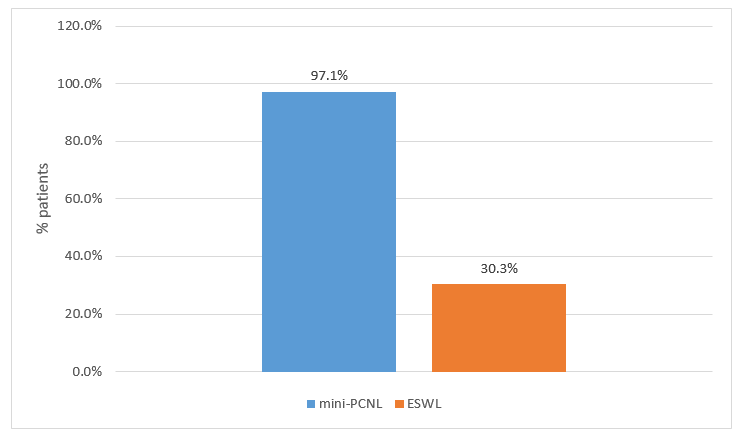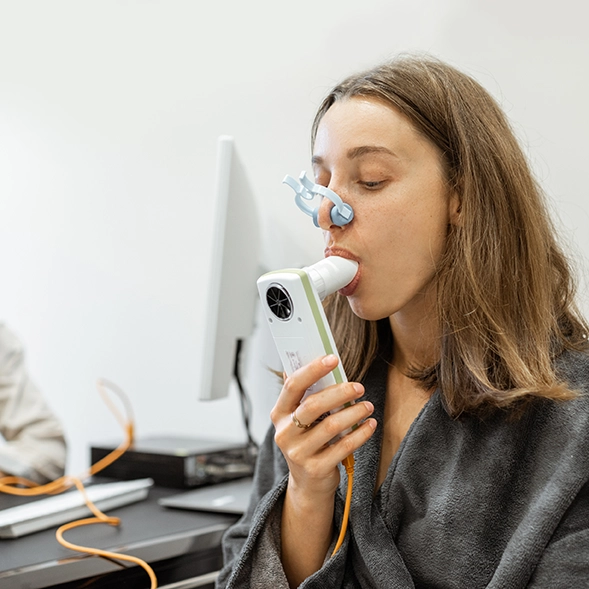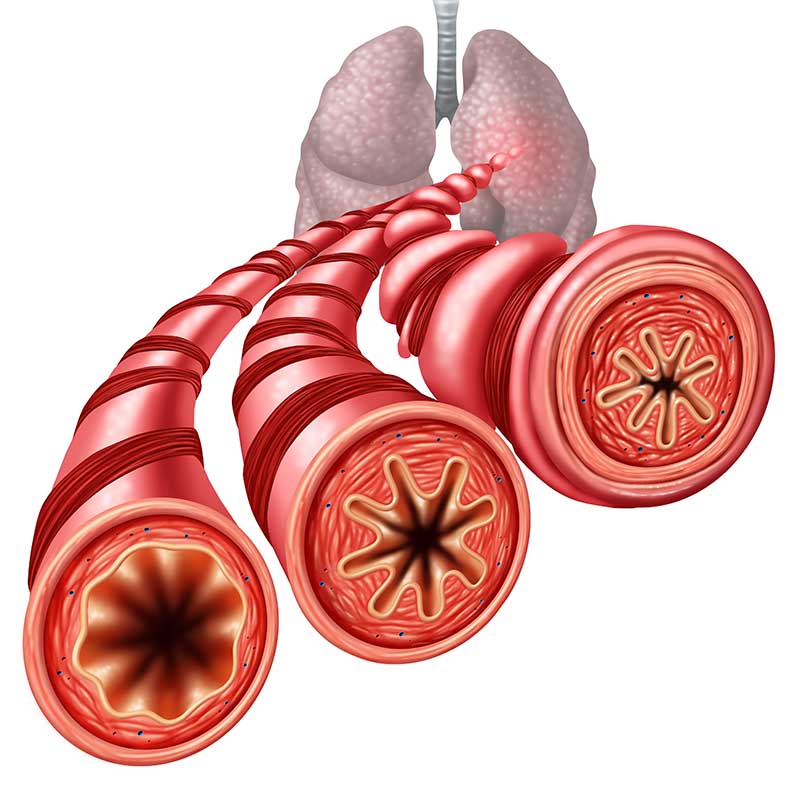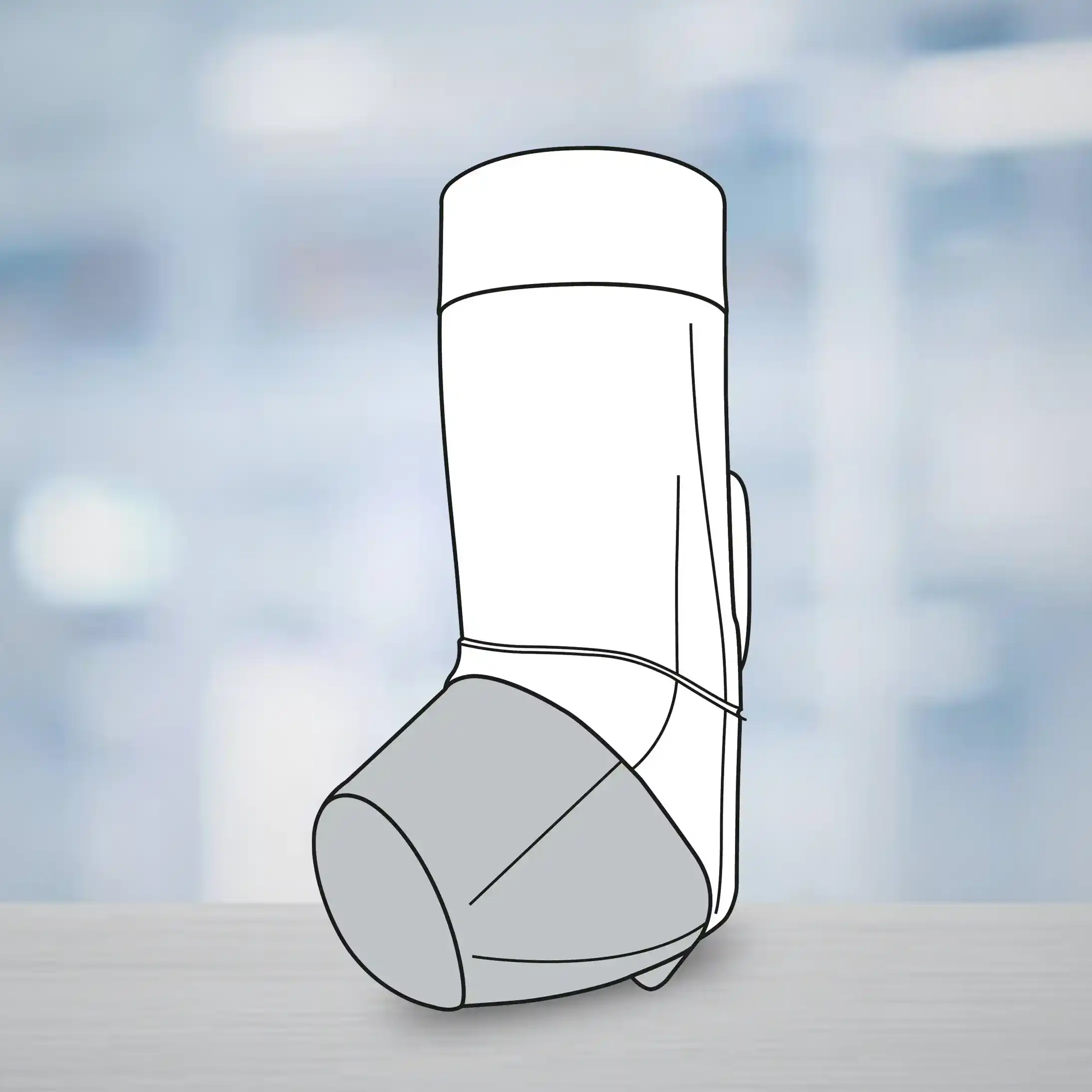Introduction
Extracorporeal shockwave lithotripsy (ESWL) has been associated with a lower stone free rate (SFR) and need for repeated sessions especially in the lower pole and for harder renal calculi. Miniaturized percutaneous nephrolithotomy (mini-PCNL) has better SFR with less bleeding and pain. There are several clinical studies comparing ESWL and PCNL in the treatment for medium-size lower pole stones. However, there is paucity of comparative studies on the 2 techniques as far as non-lower pole stones are concerned.
Aim
This study compared the SFR and safety of mini-PCNL and ESWL in the management of 10-20 mm, non-lower pole, renal calculi.
Method
Study Design
- Randomized, prospective, open-label, parallel-group superiority trial.
Treatment Strategy
- This trial enrolled adults with single, non-lower pole, high-density (≥1000 HU) renal stones.
- The cohort underwent preoperative assessment including medical history, blood tests, urine analysis, liver function tests.
- Abdominal ultrasonography and non-contrast computed tomography (NCCT) was performed.
- The patients were assigned to undergo either mini-PCNL or ESWL.
- The efficacy and safety outcomes were compared between the 2 groups.
Endpoints
Primary Endpoint
- SFR
Secondary Endpoints
- Operative time
- Fluoroscopy time
- Duration of hospitalization
- Reduction in blood loss
- Need of auxiliary procedures
- Retreatment
- Complications
Results
- The full analysis set comprised 34 patients in the mini-PCNL group and 33 in the ESWL group.
- Both the groups had comparable demographics, clinical and stone characteristics.
- A significantly higher proportion of patients had achieved SFR in the mini-PCNL group (P < 0.001) as seen in Figure 1.
- None of the patients in the mini-PCNL group required retreatment, whereas all patients in the ESWL group required retreatment, and none of them were stone-free after the first ESWL session.
- The ESWL group had a significantly higher overall operative time, fluoroscopy time, auxiliary procedure, retreatment, and unscheduled hospital readmission as seen in Table 1.
|
Secondary endpoints |
Mini-PCNL group |
ESWL group |
P value |
|
Median operative time (min) |
50 |
55 |
0.001 |
|
Median fluoroscopy time (min) |
3 |
3.33 |
0.04 |
|
Median postoperative hospitalization time (days) |
4 |
0.04 |
<0.001 |
|
Median hemoglobin drop (g/l) |
10 |
w |
0.003 |
|
Retreatment (%) |
0% |
33% |
<0.001 |
- The median hemoglobin drop and hospital stay was significantly higher in the mini-PCNL group as seen in Table 1.
- The overall rate of complications was similar among the 2 groups.
Conclusion
- Superior outcomes were demonstrated by mini-PCNL as compared to ESWL for treating 10-20 mm, high-density, non-lower pole renal stones.
- Mini-PCNL was associated with significantly higher stone free rate and shorter fluoroscopy and operative time.
- None of the patients undergoing mini-PCNL required retreatment and re-hospitalization.
BJU Int. 2021 Dec;128(6):744-751. Doi: 10.1111/bju.15493.









